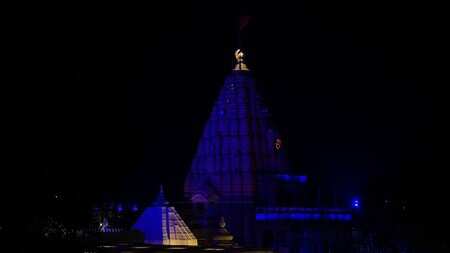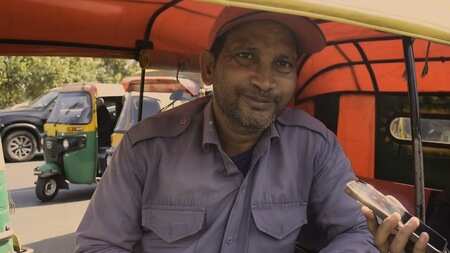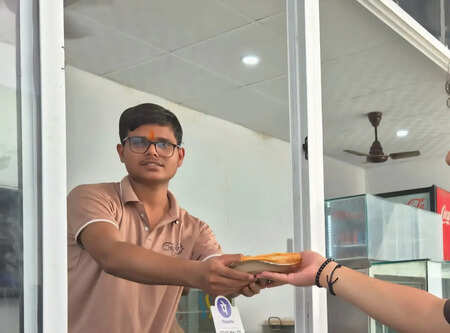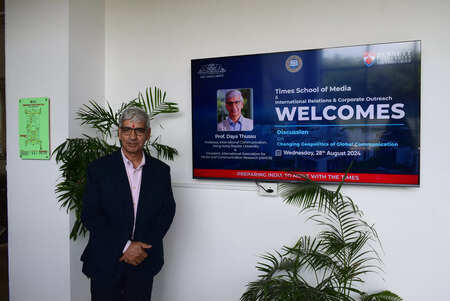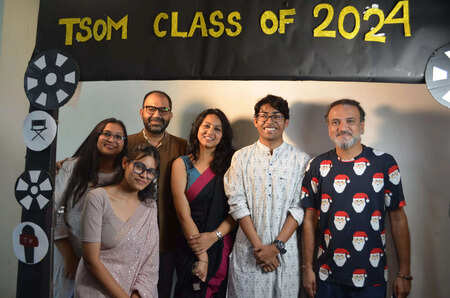Reverse Brain Drain: Remote Possibility or Near Future?
Times of Bennett | Updated: Oct 11, 2025 11:47
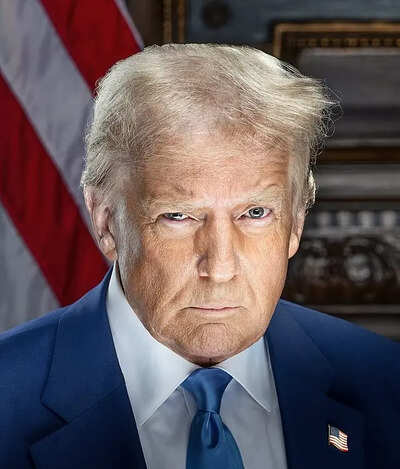
Correspondent: Vignesh Iyer
The “American dream” lies shattered. On September 19, President
The news pushed Indians and US tech giants to the edge of an abyss. According to the
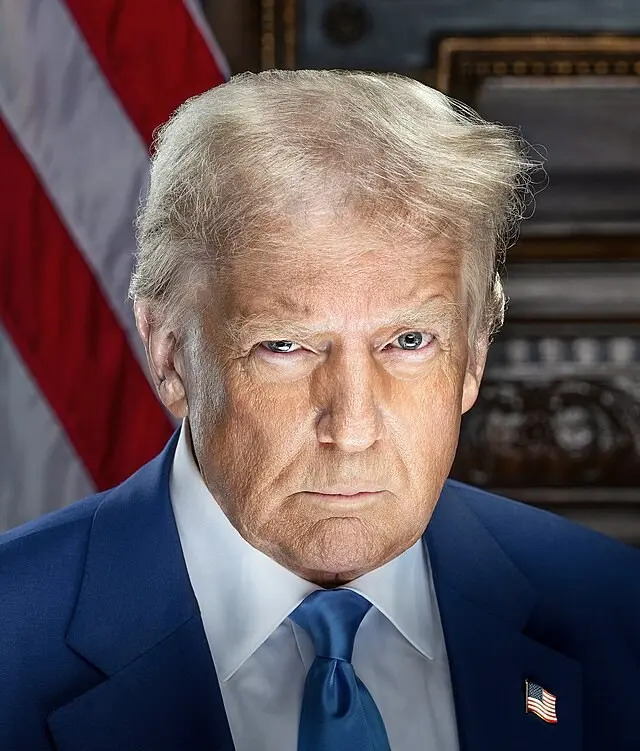
The clarification that this fee is applicable only on new applicants and not the existing visa holders, came as small relief. Trump claims the rationale is to curb the replacing of American workforce with lower paid and lower skilled labour.
The history of the H-1B visa can be traced back to 1990 when former president George Bush signed the
Since its inception, several tech companies have sponsored H-1B applications of meritorious foreigners who would make budget employees. The applications are then shortlisted by a lottery system with respect to the vacancies.
A whopping $100000 fee on the H-1B visa will force tech companies to hire American talent. The Republican Party’s ideology has been anti-immigration. Trumps big clampdown is seen as a boost to Make America Great Again (MAGA) campaign.
After the immediate shockwave of this EO settles, the consequences will be significant in both the nations.
Top American economists are predicting that the visa fee hike may totally dismantle the H-1B system, possibly eliminating up to 1,40,000 new jobs annually in US companies that rely on skilled foreign workers.
An aftershock will also be visible in the American education ecosystem. Many Indian students aspire getting admitted into a leading American university and securing a well-paying job in the US as an H-1B employee, but the likelihood of this epiphany turning into a reality seems bleak.
A senior

The initial remark by Prime Minister
However, this theory is too good to be true. The Indian IT sector has always suffered the reputation of being extremely competitive for engineers, software developers and IT professionals.
With increasing inflation, competitive global funding, investor pressure and many such economic uncertainties, the tech professionals of major IT hubs in India have had to face the brunt of mass layoffs.
“The engineers who have experienced the work-life balance in America will face tremendous issues in adapting to the strenuous work culture of India.” Says the technical lead of a leading Drone manufacturing agency of India with a 3-year experience of working overseas as a mechatronics engineer.
Overall, the Indian job market is highly unpredictable and poses definite risks to the H-1B workers in seeking opportunities back home.
Homendra Kumar, an established mechatronics engineer of Mumbai says, “India needs to invest in cultivating an indigenous system of research and development. This will not only harness Indian talent but also place the country on par with global standards”
It is now up to policy honchos to make the dream of a ‘reverse brain drain’ a possibility by sprucing up working conditions and opportunities for the graduating batches of talent earlier going to America.
(This article is written by Vignesh Iyer, a Master’s student of Mass Communication. He is passionate about journalism and aspires to become the editor of a leading news agency in India)

